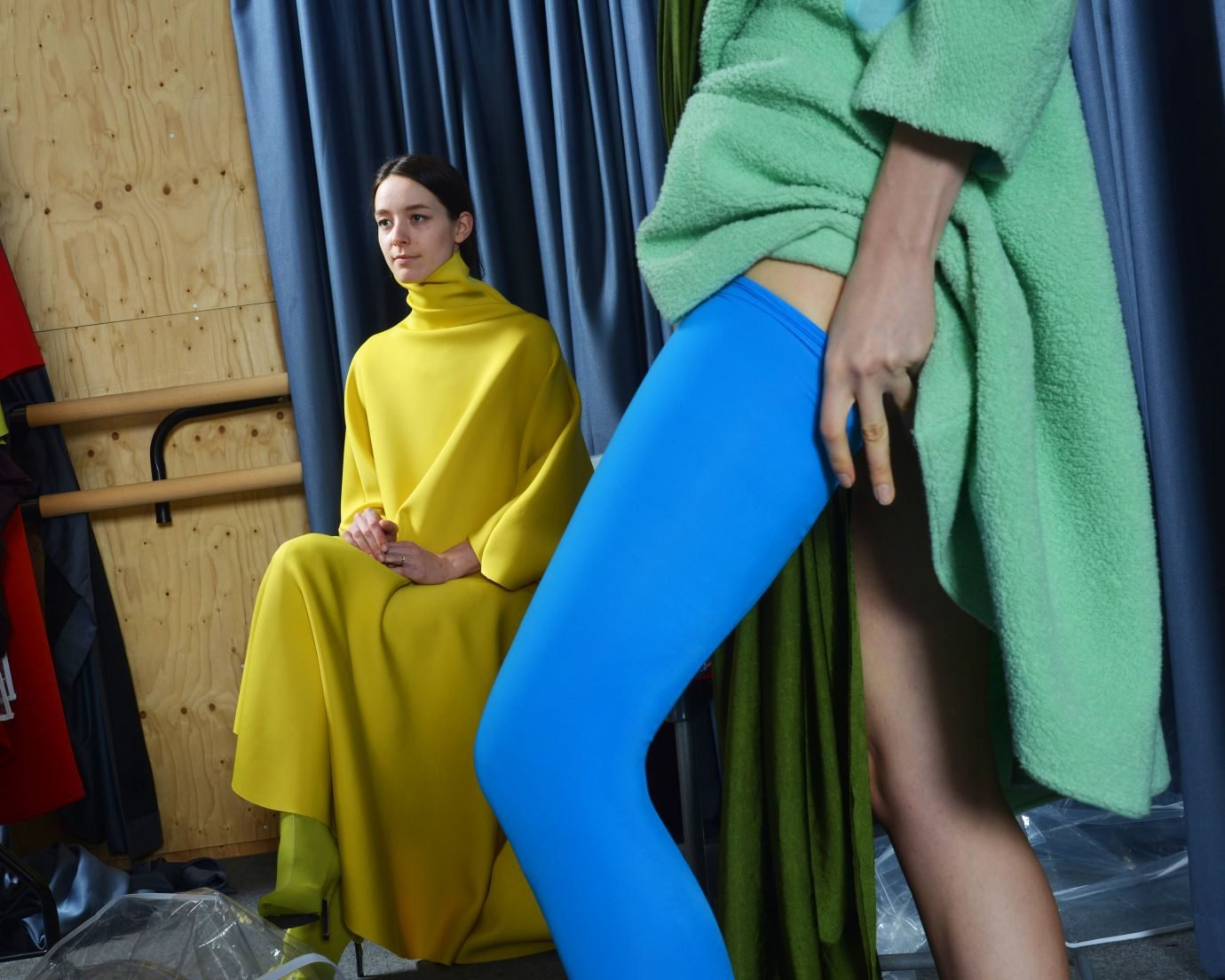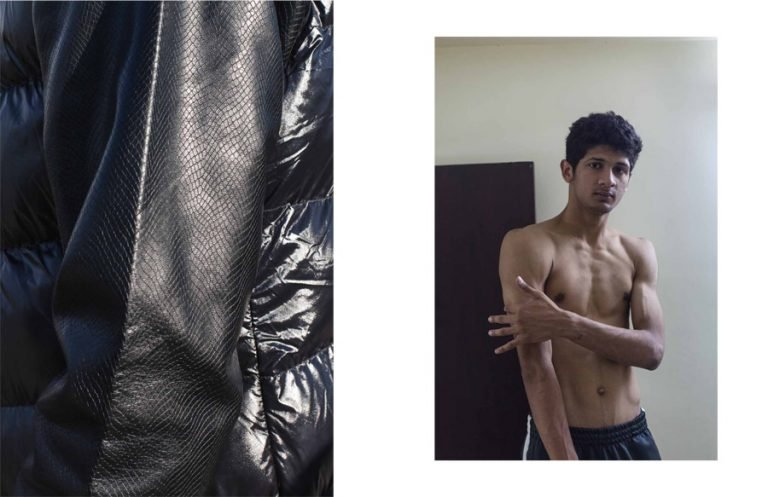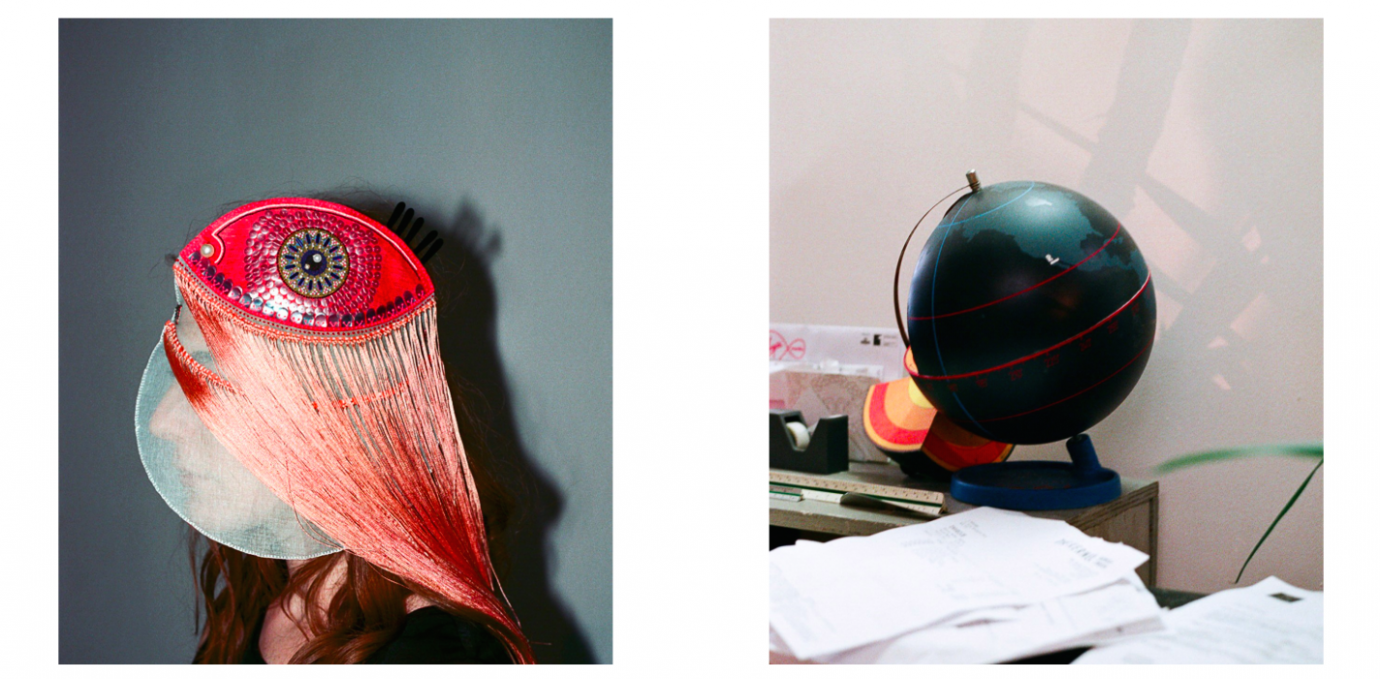When photographer Charlie Engman was creating his new book of AI-generated images, he was thinking a lot about what makes an image feel cursed. Created predominantly using Midjourney, the book attempts to evoke many of the same feelings as these uncanny, haunted vernacular pictures that have come to define the anti-aesthetic of the internet. Its many different characters are often doing something and nothing at once – a notion of purpose behind their actions but no obvious reasons – placing a dog in the air, for example, or putting a hand in someone’s pocket, or, as is quite frequently the case, prostrating their body in worship or submission.
“This is maybe silly, but honestly, I’ve always been kind of jealous of ‘cursed images’,” Engman says. “I’ve always had this in the back of my mind that I could never make a picture as good because they’re impossible to make on purpose.” When picking a name, he also liked the occult qualities of the word. “It’s a magical word. This was a bit of a nod to this controlless quality of AI, where you’re conjuring something from the machine. You put in some prompts: the eye of newt, the hair of dog, and then somehow it comes out as whatever, a dragon!”














